Vintage India pictures from one of the world's oldest studios
- Published
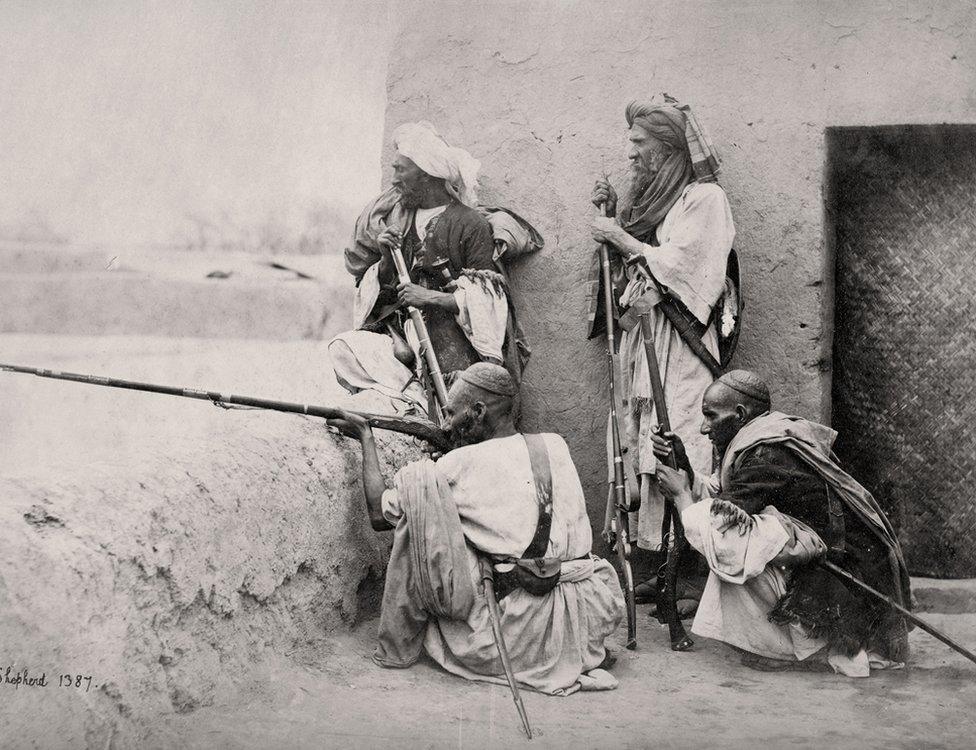
A famous early European commercial photographer, Samuel Bourne, arrived in India in 1863. Initially partnering with William Howard, Bourne set up the Howard & Bourne studio in Shimla. They were joined by Charles Shepherd, but after Howard left, the studio dropped his name to become Bourne & Shepherd. India's Tasveer gallery is holding an exhibition of rare Bourne & Shepherd photography this month. This is an 1860 picture of a group of Affreedies, an Afghan tribe from the Khyber Pass. (All photographs, Courtesy: MAP/Tasveer)
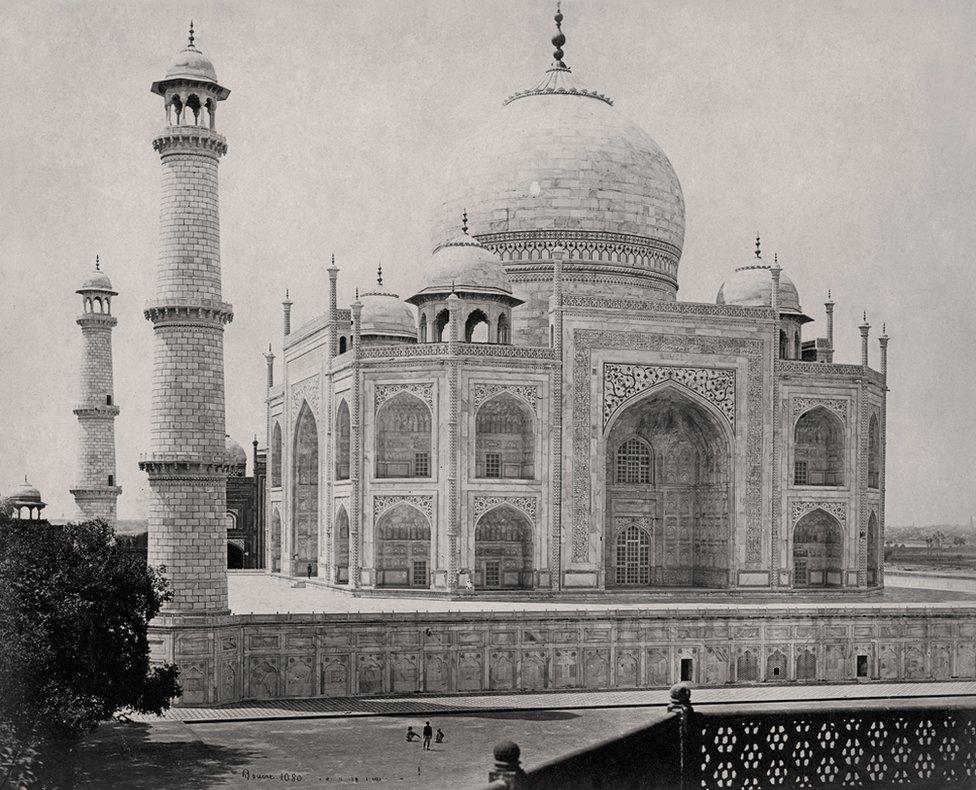
In 1866, Bourne & Shepherd opened a branch in Calcutta (now Kolkata), where it still exists as one of the oldest studios in the world. This 1865 picture of the Taj Mahal in Agra is from the studio archives.
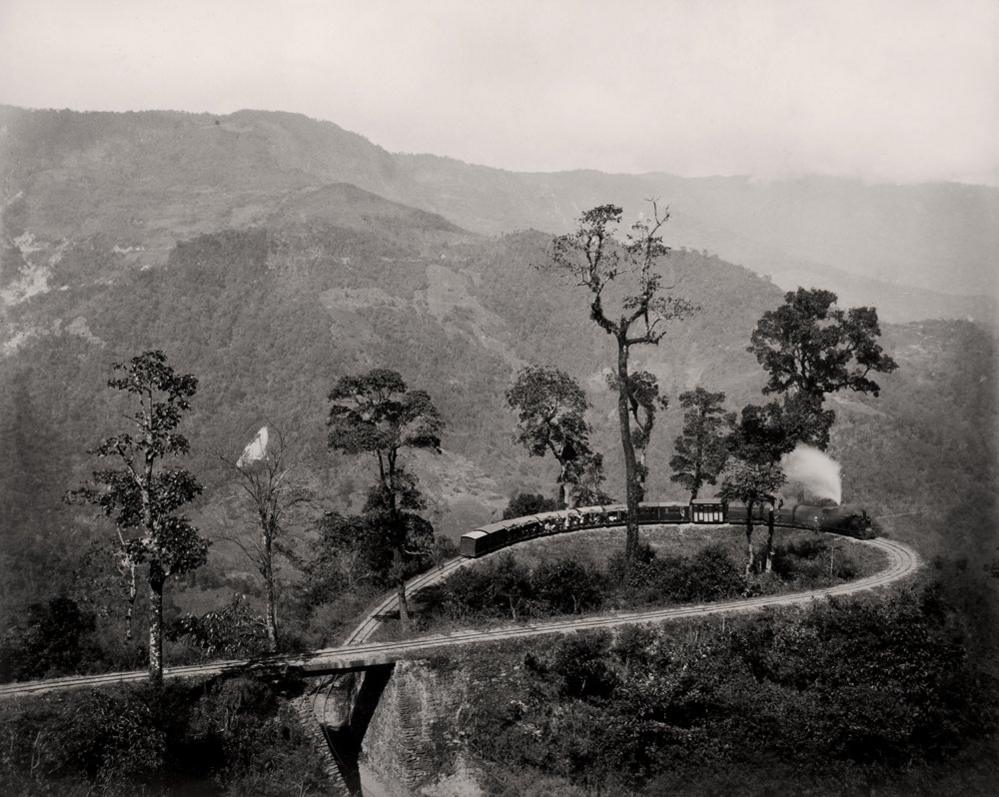
Bourne travelled the subcontinent widely producing over 2,000 negatives, including some of the finest 19th Century travel photography. This is an 1880 picture of the loop on the Darjeeling Himalayan Railway.
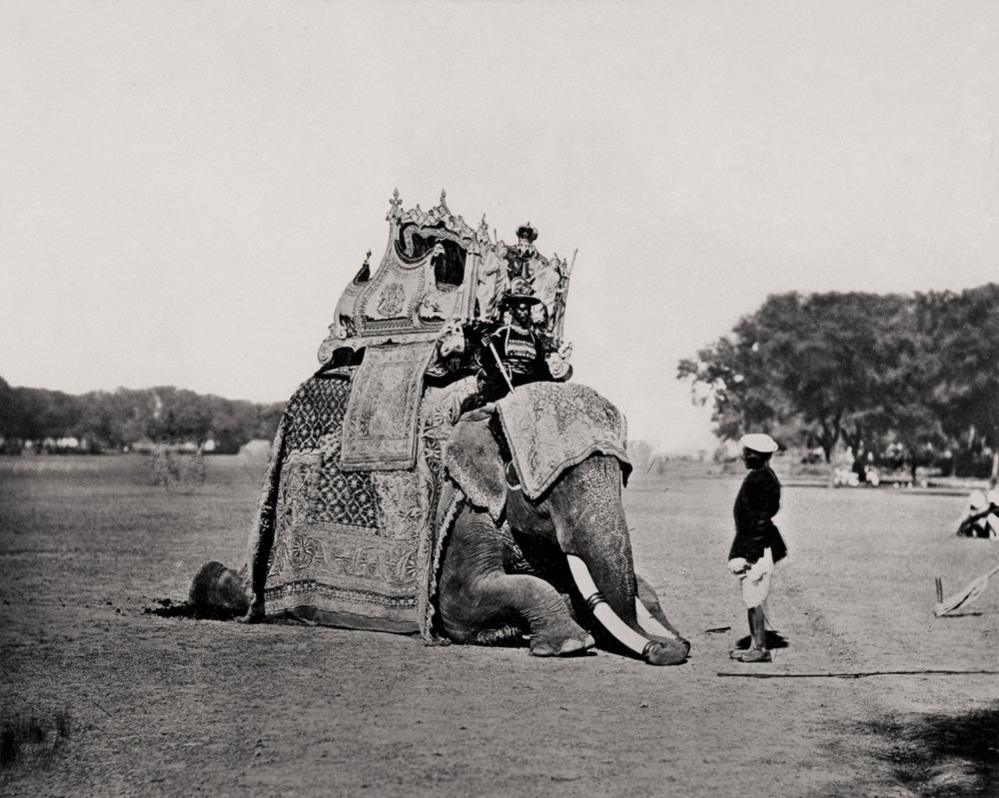
Though Shepherd was also a photographer of some standing, he became more known as a master printer, staying back to head the business side of operations. Bourne soon became the primary photographic expert on India, travelling the length and breadth of the subcontinent. The studio was commissioned for special events such as the Delhi Durbar. This 1877 picture of the Viceroy’s elephant is from the Delhi Durbar.
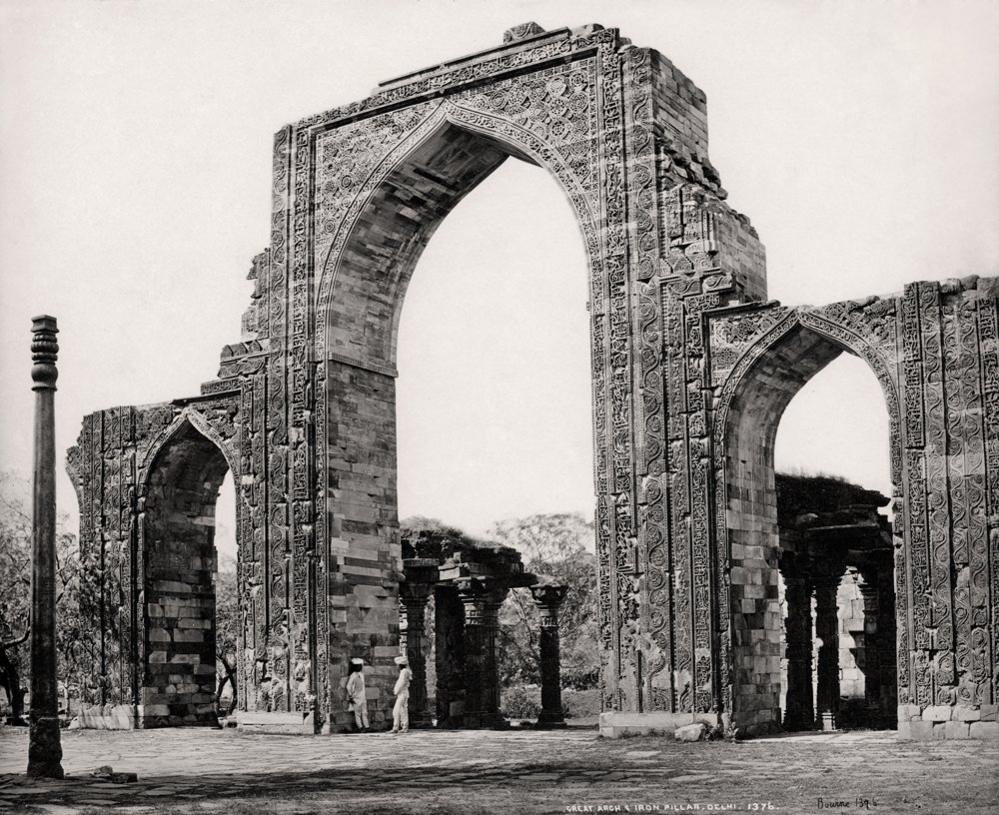
The great arch and the iron pillar at the Delhi monument Qutub Minar, photographed in 1860.
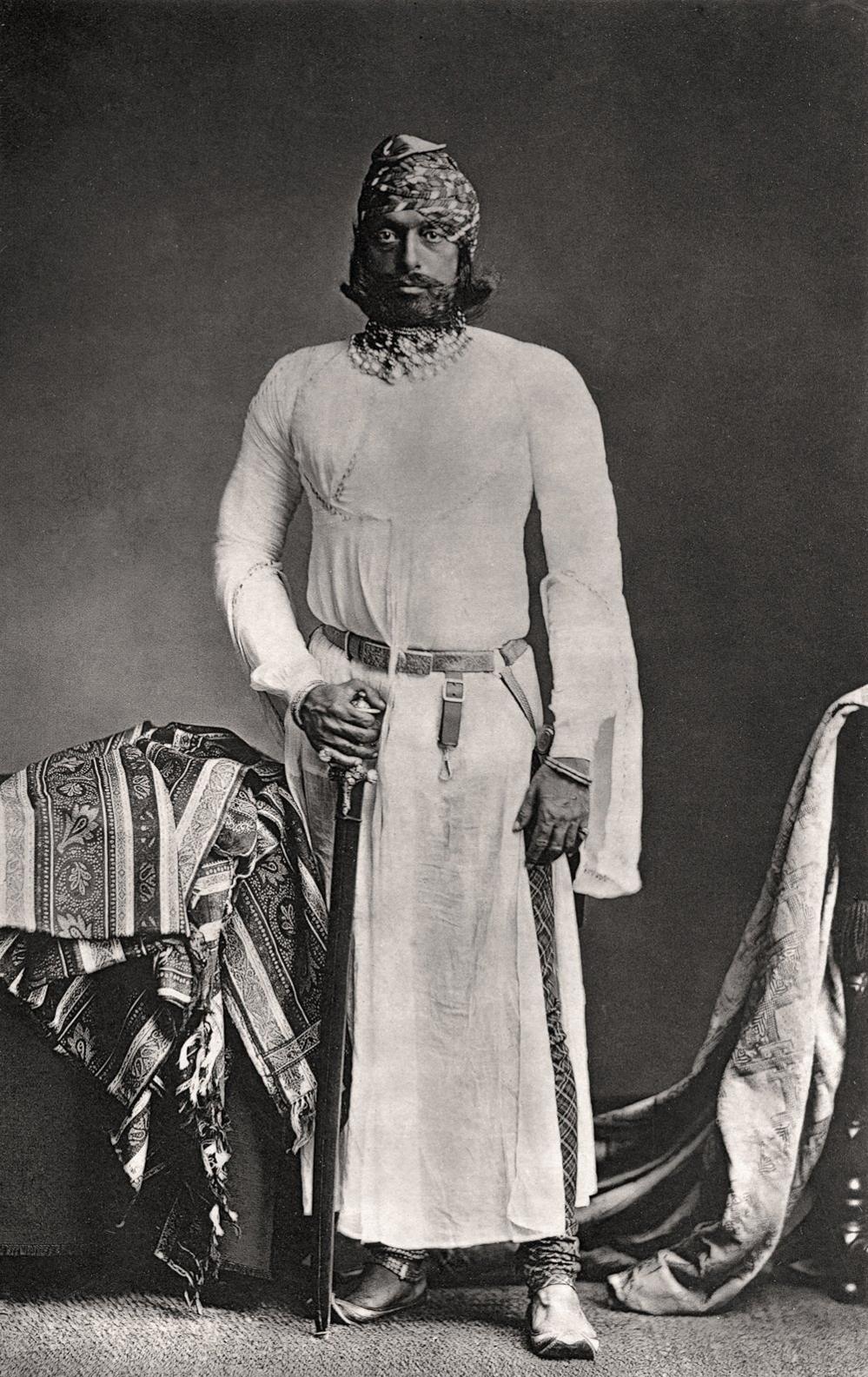
The studio, one of the most prestigious of its time, was patronised by royalty, nobility, Europeans, Indians and a mushrooming upper-middle class. This picture of Maharaja Jaswant Singh II of Jodhpur was taken in 1877.
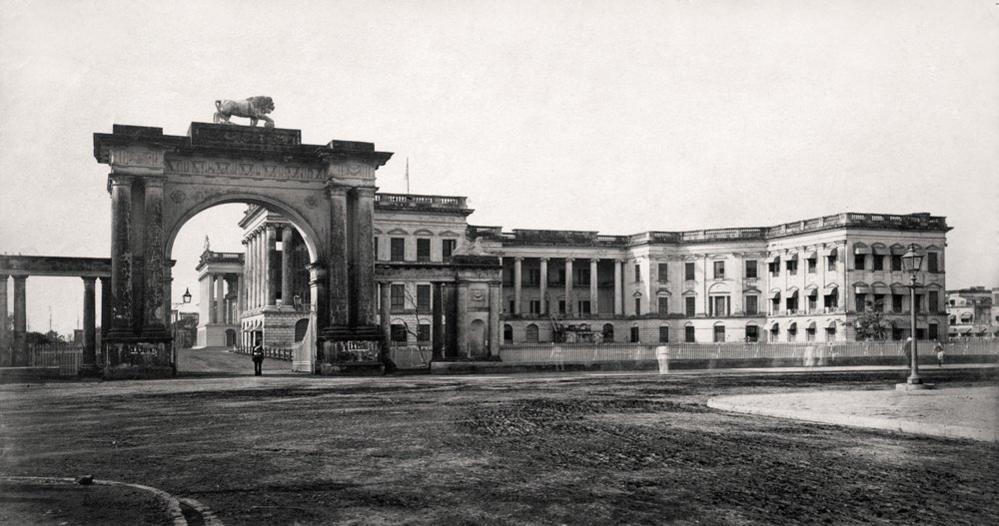
This photograph of the Government House in Kolkata was taken in 1867.
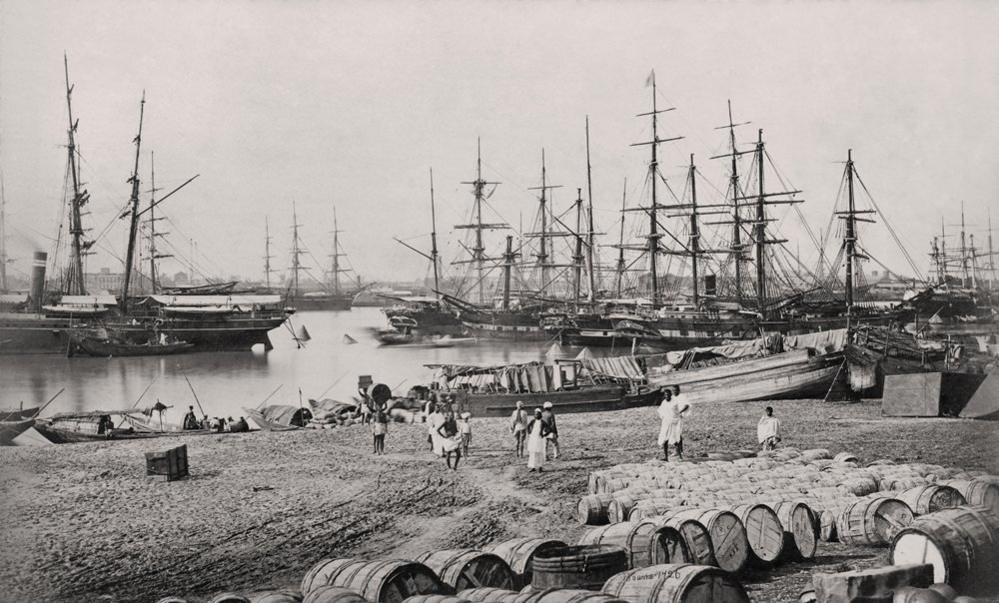
Ships in the Hooghly river, Kolkata, 1860.
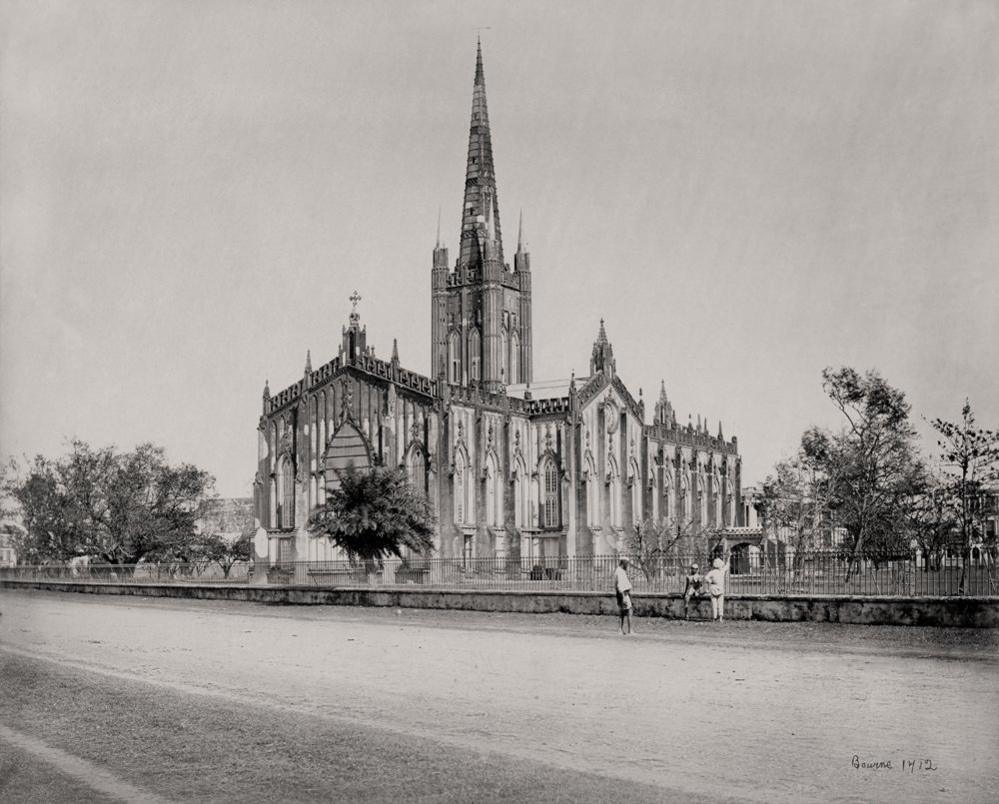
The Cathedral in Kolkata, 1867

This photo of Maharana Sajjan Singh of Udaipur was taken in 1877.
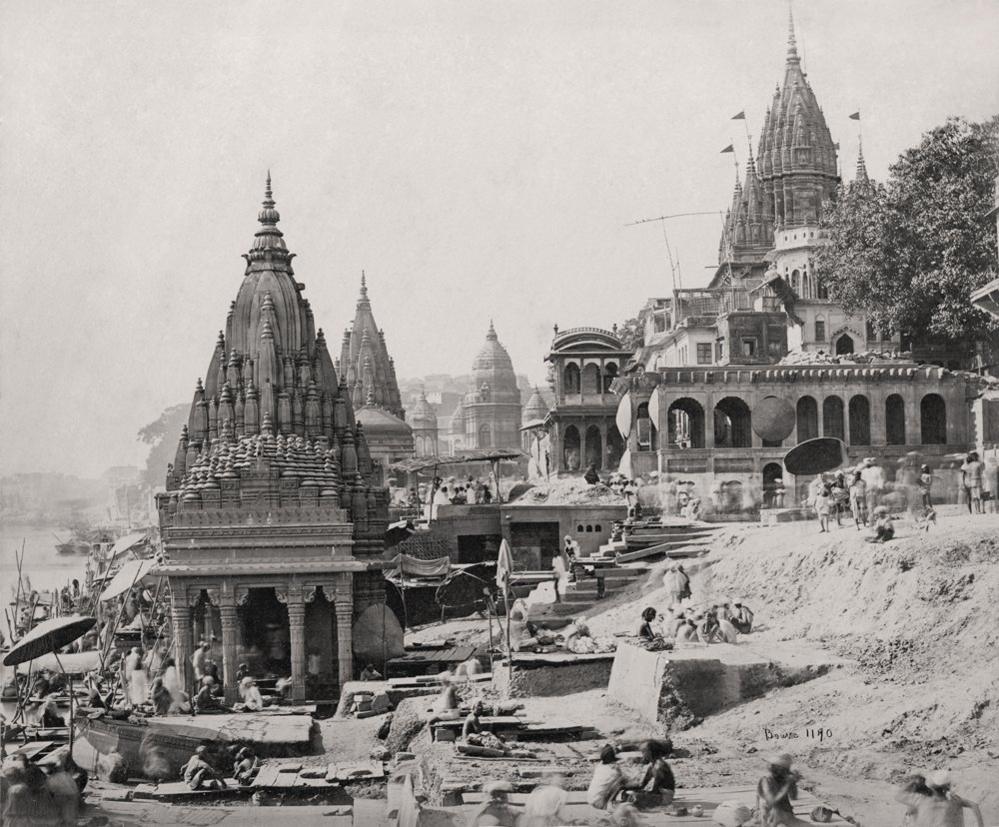
Temples on the Ganges in Varanasi, photographed in 1866.
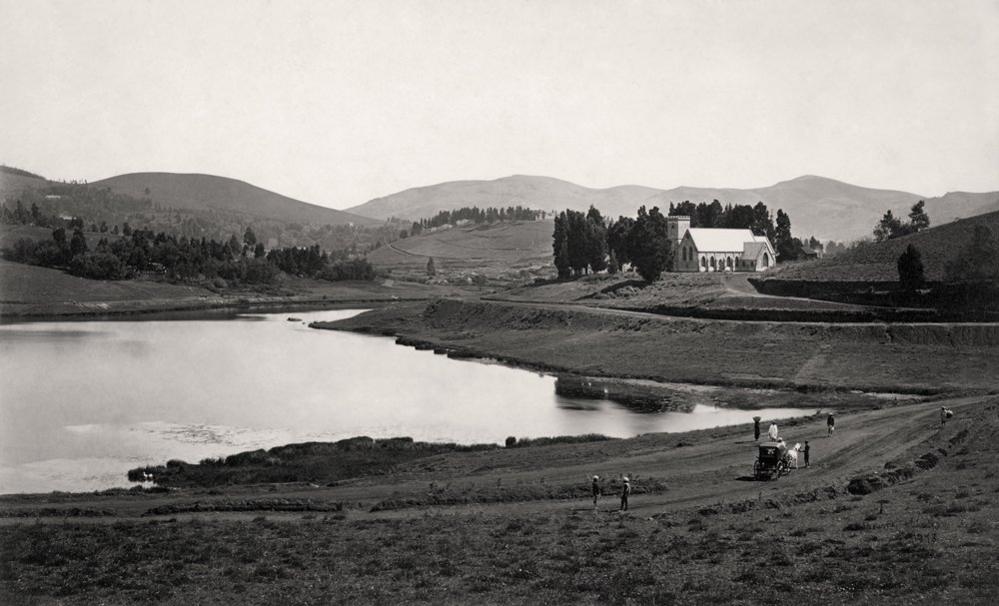
A photograph of the lake and the new church at Ooty (formerly Ootacamund) by Samuel Bourne.